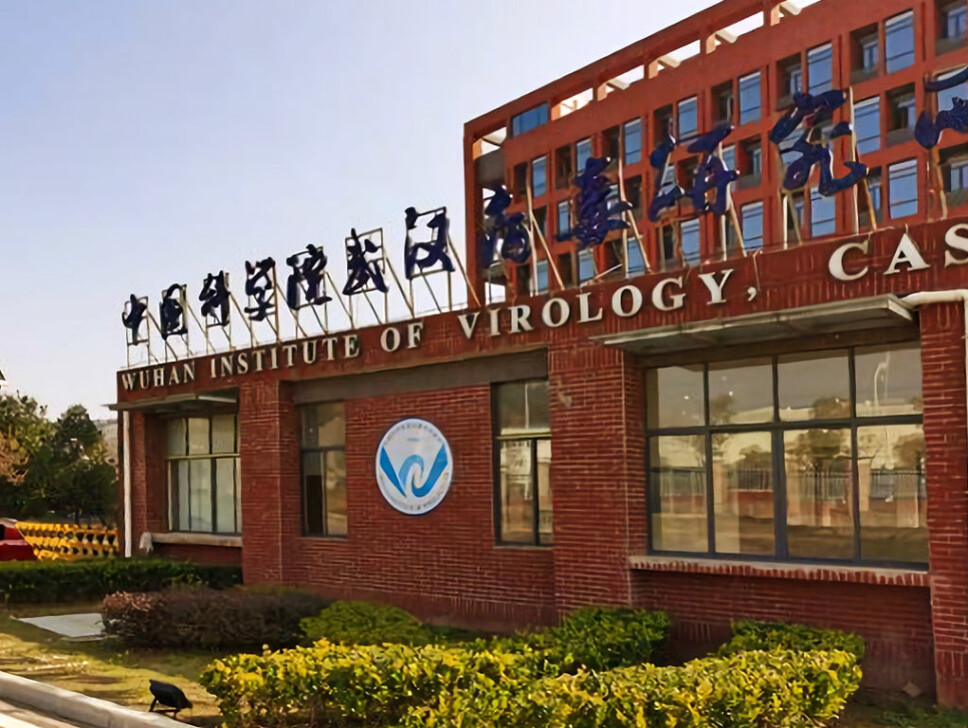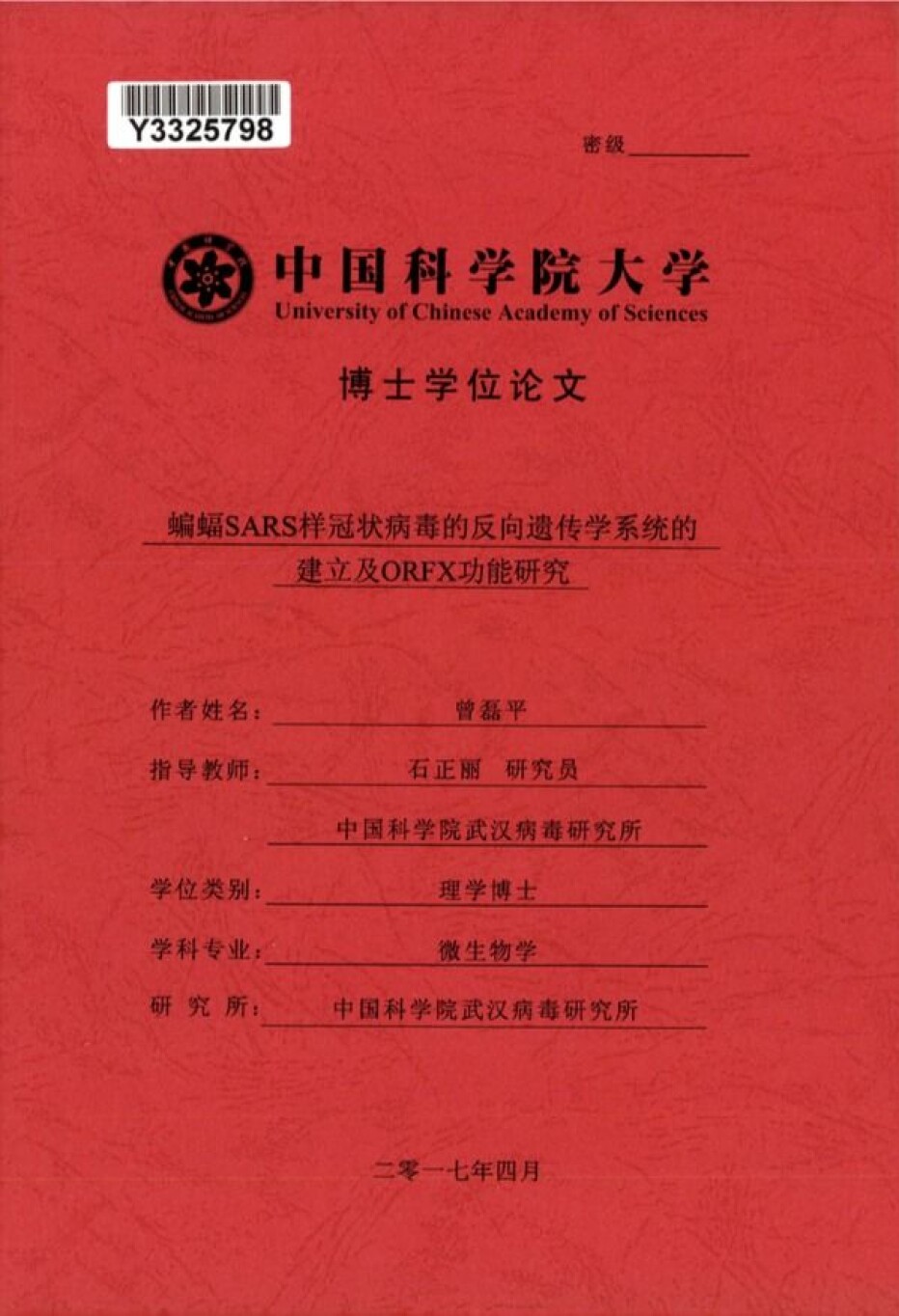For å lese pluss-artikler må du være abonnent
Et abonnement gir tilgang til alt innhold og vi har følgende tilbud
INSIGHT

As world leaders gather this week for the WHO’s annual conference, the World Health Assembly in Geneva, documents that raise questions about the role of Wuhan’s virus laboratories as a possible source of the pandemic continue to emerge.
One of many topics that will be discussed at this year's conference is the enhancement of laboratory biosafety, but this debate will now take place in an extremely intense political climate.
Earlier this week, the Wall Street Journal reported on sickness among staffers at the Wuhan Institute of Virology (WIV) in November 2019, citing documents from the US Intelligence community. The information was first disclosed in a fact sheet published during the last days of the Trump administration, but without much detail. This time around, WSJ refers to specific intelligence noting that three employees at the institute not only got sick, but were hospitalized “with symptoms consistent with both Covid-19 and common seasonal illness”. China has already dismissed the US claim of sick lab employees as «complete lies».
Several leading US experts in virology, biosafety and genetics have recently spoken out to examine China’s laboratories as a possible source of the pandemic. Among them is Ralph Baric, a former collaborator of WIV and a world-leading authority in coronavirus research. Director of the National Institute of Allergy and Infectious Diseases Anthony Fauci has also spoken out in similar terms.
Perhaps even more notable are recent statements from Ian Lipkin. Lipkin is a world-leading epidemiologist who early on in the pandemic dismissed the possibility of laboratory leak as a co-author of the article The proximal origin of SARS-CoV-2, which more than perhaps anything else pushed the laboratory hypothesis out of the mainstream debate. Now, he says he has changed his mind.
Lipkin refers to articles published by researchers at WIV that describe work on coronaviruses that were conducted at a safety level below what is recommended: “It shouldn’t have happened. People should not be looking at bat viruses in BSL-2 labs. My view has changed”, he told Donald G. McNeil Jr., a former science journalist at the New York Times.
BSL-2 is the second-lowest level of laboratory biosafety, which ranges from level 1 to 4. Work performed at level 2 requires the use of gloves and a mask, but does not require the use of full-coverage suits. The American molecular biologist Richard Ebright has repeatedly pointed out that the BSL-2 level has no more security than a US dentist’s office.
Lab safety rose high up on the agenda at WHO after the first SARS virus, which created an epidemic in 2003, escaped laboratories on multiple occasions after the initial epidemic was contained. In 2003 the organization issued new guidelines where they “strongly recommended Biosafety Level 3 (BSL3) as the appropriate containment level for working with live SARS-CoV material”.
The WHO also noted that “the possibility that a SARS outbreak could occur following a laboratory accident is a risk of considerable importance, given the relatively large number of laboratories currently conducting research using the SARS-CoV or retaining specimens from SARS patients. These laboratories currently represent the greatest threat for renewed SARS-CoV transmission through accidental exposure associated with breaches in laboratory biosafety.”
Minerva forwarded Lipkin’s statements and the research article under scrutiny to the WHO, asking whether they consider these works to be a breach of the recommended biosafety guidelines. The WHO responded that the organization is not in a position to comment on or review individual instances of research.
“The questions raised in the article, however, highlight the ongoing need for appropriate regulatory oversight of biomedical research and coherent implementation of internationally-recognized exemplary practices to reduce biological risks inherent to complex studies employing high-consequence pathogens in the era of technology evolution,” a WHO spokesperson said.

The research article quoted by Lipkin is, however, not the only documentation of risky research conducted at a lower-than-recommended safety level. Coincidentally, the PhD dissertation of one of the authors of the research article was published online by the anonymous Twitter user Seeker just a few days before Lipkin stated that his view had changed.
The thesis describes work similar to that presented in the published research article Lipkin quoted from, but it also contains information on other works conducted at the Wuhan Institute of Virology. Of particular interest are descriptions of work where elements from viruses discovered in nature were inserted into other viruses in order to create chimeric viruses for further research. These chimeric viruses were then used to infect cell lines from monkeys and humans, some of which showed the ability to replicate in human cells.
Parts of this research have also been published by WIV in 2017, but in the published research article the safety level of the experiments is not stated.
Minerva has presented both the published research article and the dissertation to Stig Frøland, a professor in medicine at the University of Oslo. He thinks it is reprehensible that the research article does not contain information about the level of safety at which the experiments were performed:
“When the BSL level is not mentioned in the article, it can either be due to the fact that the experiments were performed at a lower level, or that one has not actually been so concerned with the level of safety at WIV. It is also surprising that the journal has not requested this information. This is actually a mistake from the editors and referees”, he says.
The PhD dissertation, however, clearly states that the proliferation and cell infection experiments of live viruses (including recombinant viruses) were performed in a BSL2 (Biosafety level 2) laboratory.
“This is a violation of international regulations for work with SARS-Cov-2. This is not an advertisement for the Wuhan Institute of Virology, and definitely indicates that the safety regulations have not been enforced at the institute,” Frøland explains.

Frøland underlines that the document itself does not constitute evidence that there is any connection between WIV and the SARS-CoV-2 pandemic, but adds:
“It does not exactly reduce the likelihood of laboratory leakage as a background for the pandemic either”.
He also emphasizes that the work presented in the document are not on the SARS-CoV-2 virus, and that the BSL requirements for SARS-CoV-2 naturally did not exist when the work presented in the dissertation was carried out.
“However, there were already rules for the coronaviruses SARS-CoV-1 and the MERS virus with requirements for BSL-3 level, which should of course also be the case for these works. In any case, the BSL level was obviously too low for this work,” he concludes.
Minerva has sent an inquiry to the journal PLOS Pathogens, which published the article in question, to ask whether they have additional and unpublished information from the authors about the level of safety at which these works have been carried out. The inquiry has not yet been answered.
Minerva has previously also uncovered that possible safety failures were discussed at the Wuhan Institute of Virology during late autumn in 2019.
In a meeting 40 days before China announced that there was an epidemic in Wuhan it appears that an internal review of safety at the laboratory had revealed possible safety deficiencies, and that improving operational safety was an important priority in the future operation of the laboratory.
The information that appears in a news article published by the institute describes a safety exercise where “department heads and all safety personnel from Wuhan Institute of Virology participated”.
During the meeting, the deputy director of security at WIV presented “a number of common problems that were discovered during the security check in the last year”. He also stressed the danger of potential security breaches and “that the correction of hidden dangers must take place in a thorough manner”.
At the same meeting, the safety officers in all departments were «required to strengthen the transparency and implementation of safety laws and regulations, further improve the operational process, prevent various safety risks and ensure the department's research and production safety».
Ji Changzheng, director of the Department of Science and Technology at the Chinese Academy of Sciences, also attended the training. He “conveyed the instructions and demands of the party’s central committee and government related to security work, and the need to implement important security instructions from Secretary-General Xi Jinping and Prime Minister Li Keqiang.”
During the WHO’s visit to the institute earlier this year, the group of WHO scientists were told by their chinese counterparts that the institute had “a strong biosafety management system; the biosafety laboratory comes under different authorities, with independent assessments for the National Health Commission”.
During a later interview on 60 minutes Peter Daszak, who participated in the WHO's investigation and is also a long-term collaborator of the institute that was investigated, stated that they could not investigate independently, but had to trust what their chinese counterparts said on these issues when assembling the WHO report.
Curiously, Peter Daszak is also listed as a co-author of the article published in PLOS Pathogens that fails to describe the security level.
The article also lists funding from two US sources “the National Institutes of Health (NIAID R01AI110964)”, and the “USAID Emerging Pandemic Threats (EPT) PREDICT program”. The funders, however, had “no role in study design, data collection and analysis, decision to publish, or preparation of the manuscript”, the article states.
The Wuhan Institute of Virology has repeatedly denied all allegations implying that the SARS-CoV-2 virus originated at their laboratory.
Yesterday US President Joe Biden announced that he has instructed the “Intelligence Community to redouble their efforts to collect and analyze information that could bring us closer to a definitive conclusion”, regarding the origins of SARS-CoV-2.
The WHO session on enhancement of laboratory biosafety is scheduled to begin on Saturday.